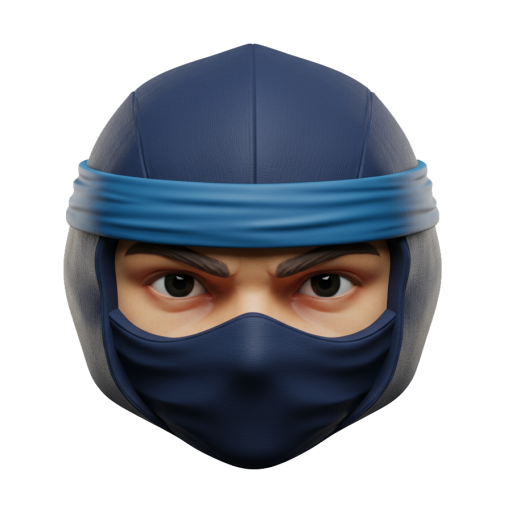Achieving consistent hand-feel and durable adhesion in DTF isn’t a matter of luck—it’s process control. As ninja transfer designers have observed across multiple apparel and label projects, the difference between a flawless transfer and a wintergreen-smelling mess often comes down to how you set temperature, time, pressure, and humidity. And yes, those variables play together in ways you can feel in the finished piece.
In Southeast Asian shop floors—think Ho Chi Minh City or Jakarta—ambient humidity can swing throughout the day. That alone can change powder flow, ink laydown, and peel behavior. The art for us designers is to speak the language of operators while still obsessing over visual outcomes: edge crispness, ΔE color accuracy, and the way coatings sit against cotton, poly, or blends.
This piece mixes a hands-on guide, a bit of troubleshooting, and some material science. If you’ve ever asked a press tech “why did this one fail when all the others passed?”—you’ll see the patterns. Here’s where it gets interesting: most fixes are simple, but only if you measure what matters.
Critical Process Parameters
If you’re asking “what temp for dtf prints?”, start with 140–160°C (284–320°F) at the press, 15–25 seconds dwell, and medium pressure—roughly 4–6 bar on pneumatic presses. Those ranges reflect typical TPU adhesive melt behavior (often beginning around 95–120°C) and the needs of water-based pigment inks used in Digital/Inkjet Printing. Peel style matters: many films prefer warm-to-cool peel, so plan a 10–20 second cool-down window. The numbers aren’t magic; they’re a choreography. Small shifts in pressure or time can compensate if your film thickness varies (75–100 μm is common).
Pre-cure of the adhesive powder is equally critical. Aim for 110–130°C in a tunnel or drawer oven for 2–5 minutes to gel the powder without blistering. Powder mesh (80–120) affects flow and edge detail; finer powders can yield sharper type but may under-bond if under-cured. In color terms, I like to target ΔE ≤ 3 on calibrated swatches—achievable when humidity sits around 45–55% RH and the film stays flat. Here’s the catch: operators sometimes chase temperature when the real culprit is uneven powder distribution.
Layout also drives consistency. If you’re assembling a ninja transfer gang sheet (often around 22×24 inches), plan gutters and step-and-repeat that keep consistent heat across the platen. Ganging dense graphics near edges can cool faster than the center; a simple re-balance of layout reduces edge under-bonding. For teams producing dtf prints for sale, I suggest documenting a changeover recipe: profile swap, platen preheat, and a quick test patch—8–12 minutes is typical—and recording the final settings against the job ticket.
Common Quality Issues
Adhesion failures show up first in corners and thin strokes. If edges lift, check the peel window and powder melt: a hot peel on a film intended for cool peel can shear the adhesive before it fully sets. I’ve seen good results with a brief pre-press (3–5 seconds) to flatten fabric and drive off moisture, then the full dwell. Watch for “orange peel” texture—usually a sign of over-cure or overheated powder. A small drop in temperature or a few seconds less dwell often restores a smooth surface.
Color banding and washed blacks are another pain point. When teams search “how to make dtf prints” and follow a generic tutorial, they sometimes miss that ICC profiles and ink limits are substrate-dependent. Always linearize for the specific PET film and ink set. I aim for an FPY (First Pass Yield) in the 85–95% range once profiles settle. If ΔE drifts beyond 4 on known patches, suspect humidity swings or static; both skew droplet placement and powder pickup, especially on thin sans serif type.
Film shrink or puckering under heat can come from overly aggressive platen temps or uneven pressure. One practical comparison I’ve seen—ninja transfers vs transfer express—is that brands use different film and adhesive recipes, so a 150°C spec that works for one may require 155–160°C for the other. This isn’t a verdict; it’s a reminder to qualify materials with your actual press. And yes, Digital Printing tolerances are forgiving compared to Screen Printing, but process drift is real. Set a habit of mid-run test peels to catch it early.
Material-Process Interactions
Cotton, polyester, and blends respond differently to heat and adhesive. Cotton absorbs moisture; polyester can exhibit dye migration, especially with reds and maroons. If you print for poly-heavy sportswear, consider a blocker layer or lower platen temperature with a slightly longer dwell to reduce dye lift. Water-based Ink systems in DTF sit atop the film until fused through the adhesive layer, so the hand-feel depends on melt flow and even coverage—not just color density. A small tweak in powder load can keep the transfer supple instead of plasticky.
Static and humidity play subtle but outsized roles. In Bangkok during the rainy season, we saw powder clumping midday. A simple dehumidifier to hold 45–55% RH, anti-static bars near the film path, and operator discipline—clean rollers and no powder spills—pulled the look back into spec. If you’re selling dtf prints for sale, your marketplace rating will hinge on consistency as much as style. For teams still learning “how to make dtf prints,” I suggest writing a materials-first recipe: name the film, its thickness, powder mesh, and the press’s actual temperature as measured by a probe, not just the display.
Here’s my designer’s take: what we see on shelf or at unboxing starts long before the press closes. A clean transfer with crisp microtype and rich blacks is the product of measured choices—temperatures, film thickness, powder flow, and peel timing. In my studio (and at peers like ninja transfer), the rule is simple: document one variable change at a time, watch the result, then lock the recipe. The math is unglamorous, but the finish is worth it.
